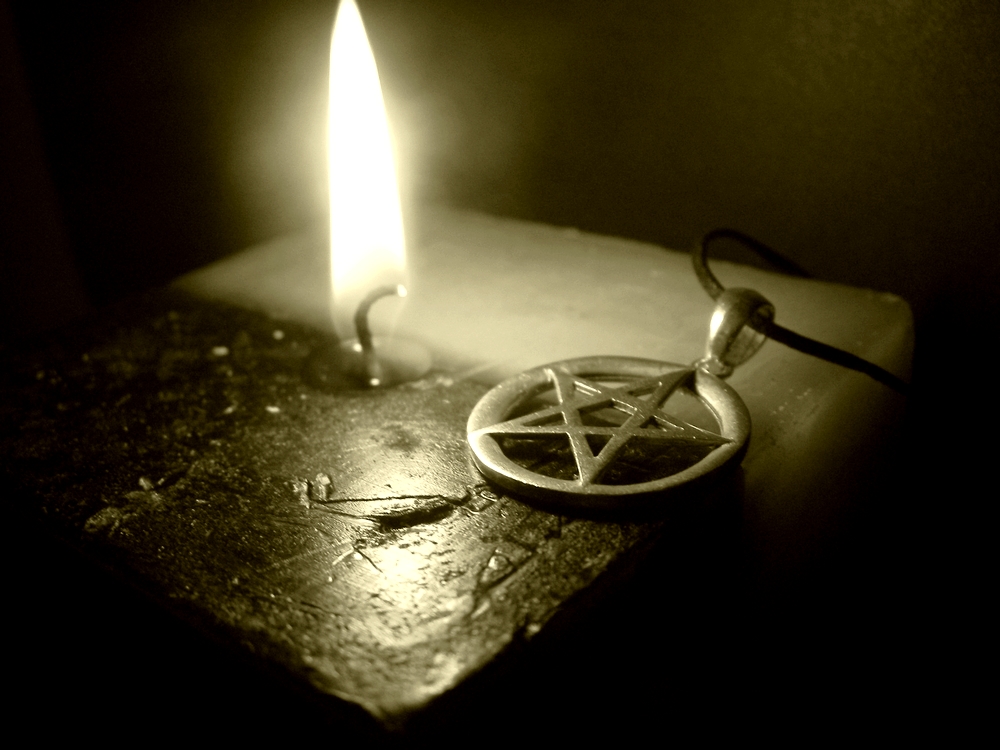Quick Summary of Lammas Deity
Harvest and Grain Deities, New Mother Goddesses, Celtic god Lugh, Sun Gods, Aine, Ceres, Frey, Ishtar, Persephone, Taillte, Tailltiu, Tea and Tuaret, Bes, Bran, Dagon, Llew, and Odin, The Mother, Dana-Lughs wife and queen, Tailltiu-Welsh-Scottish, Demeter-Greek, Ceres-Roman grain goddess..honored at Ceresalia, the Barley Mother, Seelu-Cherokee, Corn Mother, Isis, Luna-Roman Moon Goddess, other agricultural Goddesses, the waxing Goddess
The Grain Mother
At Lammas the Goddess is in Her aspect as Grain Mother, Harvest Mother, Harvest Queen, Earth Mother, Ceres and Demeter.
Demeter, as Corn Mother, represents the ripe corn of this year’s harvest and Her daughter Kore/Persephone represents the grain – the seed which drops back deep into the dark earth, hidden throughout the winter, and re-appears in the spring as new growth.

This is the deep core meaning of Lammas and comes in different guises. The fullness and fulfillment of the present harvest already holds at its very heart the seed of all future harvest. (It is a fact that a pregnant woman carrying her as yet unborn daughter is also already carrying the ovary containing all the eggs her daughter will ever release – she is already both mother, grandmother and beyond, embodying the great Motherline – pure magic and mystery.)
So as the grain harvest is gathered in, there is food to feed the community through the winter and within that harvest is the seed of next year’s rebirth, regeneration and harvest. The Grain Mother is ripe and full, heavily pregnant she carries the seed of the new year’s Sun God within her.
There is tension here. For the Sun God, the God of the Harvest, the Green Man, or John Barleycorn, surrenders his life with the cutting of the corn.
Lugh

Lugh is a hero and god from the mythical past of Ireland. He is also known as Lug, the great Celtic Sun King and God of Light. In much Pagan literature, modern Witches will find him associated with youth, the Sun and healing, amongst other things.
He can also sometimes be compared with the Archangel Michael [2], the bringer of light. He is perhaps most famous for freeing his peoples, the Tuatha Dé Danann, from the tyrannical Formorians, a rival Irish tribe.
August is His sacred month when He initiated great festivities in honour of His mother, Tailtiu. Feasting, market fairs, games and bonfire celebrations were the order of the day. Circle dancing, reflecting the movement of the sun in sympathetic magic, was popular, as were all community gatherings. August was considered an auspicious month for handfastings and weddings.
But underlying this is the knowledge that the bounty and energy of Lugh, of the Sun, is now beginning to wane. It is a time of change and shift. Active growth is slowing down and the darker days of winter and reflection are beckoning
Quite what the original Lughnasadh festivities celebrated seems lost in the mists of time, and today it is difficult to assert with confidence what shape the event would have taken. For example, it may have marked Lugh’s military victories, or the death of Tailtiu, his foster mother [3]. One myth about Tailtiu relates how she died from exhaustion after clearing a space in a forest for the growing of crops, and requested instead of a funeral that martial games should be held in her honour [4]. So the story goes, Lugh established these as an annual event.
Whatever the truth and provenance of these happenings, the figure of Lugh seems gradually to have become a god of light identified with the grain harvest. As Robert Graves says “The Anglo-Saxon form of Lughomass, mass in honour of the God Lugh was hlaf-mass, loaf mass, with reference to the corn-harvest and the killing of the Corn-king” [5]. Lugh can be seen, therefore, as a kind of sacrificial vegetation deity, who dies so that we may live [6]. By way of symbolizing this fact, some Pagans will bake a loaf of bread in the shape of a man and “sacrifice” and eat it during the Lughnasadh festivities.
NOTE – It is important to note that although the Celtic celebration centered round the figure of Lugh, the Celts did not celebrate the Sun when it was at its highest point. Theirs was a calendar based on the Moon and the Lughnasadh festivities would only have taken place at the Full Moon that fell equidistant between the solstice and the equinox. It can be conjectured that the influence of the Moon on the crops was as important to the Celts as the Sun [7] and, whether or not this was the case, it is still a clear indication of the need to worship the balance of divine masculine and feminine forces in their agrarian calendar. Modern Witches would, of course, echo this fact, and almost any ritual [8] designed for this time of year acknowledges both the Goddess and the God.
Another sacrificial corn figure often used by Pagans in their celebrations at Lughnasadh is
John Barleycorn
John Barleycorn ( Lugh), is famously enshrined in a song of ancient derivation [9] that many Witches use during their festivities:
There were three men come out of the West
Their fortunes for to try,
And these three men made a solemn vow:
John Barleycorn should die!
They ploughed, they sowed, they harrowed him in,
Threw clods upon his head,
And these three men made a solemn vow:
John Barleycorn was dead!
They let him lie for a very long time
‘Til the rain from Heaven did fall,
Then Little Sir John sprung up his head,
And so amazed them all!
They let him stand ’til Midsummer tide,
‘Til he grew both pale and wan,
Then Little Sir John he grew a long beard,
And so became a man!
They hired men with the scythes so sharp
To cut him off at the knee
They rolled him and tied him about the waist,
And used him barbarously!
They hired men with the sharp pitchforks
To pierce him to the heart,
And the loader he served him worse than that,
For he tied him in a cart!
They wheeled him around and around the field,
‘Til they came upon a barn,
And there they made a solemn mow
Of poor John Barleycorn,
They hired men with the crab-tree sticks
To strip him skin from bone
And the Miller he served him worse than that:
For he ground him ‘tween two stones!
They wheeled him here and wheeled him there
And wheeled him to a barn,
They threw him rudely in a shiny vat And John he tumbled down.
They have worked their will on John Barleycorn
But he lived to tell the tale;
For they pour him out of an old brown jug,
And they call him home-brewed ale!
Here’s Little Sir John in a nut-brown bowl,
And brandy in a glass!
And Little Sir John in the nut-brown bowl
Proved the stronger man at last!
For the huntsman he can’t hunt the fox
Nor loudly blow his horn,
And the tinker can’t mend kettles nor pots
Without John Barleycorn! [10]
Other Lammas Gods & Goddesses
The God and Goddess of this season vary across the world. This list is just a short list!
- Adonis: His name means “Lord,” and another of his titles was Christos, or “anointed one.” He was a vegetation god mourned during the Dog Days, when plants withered and died in the heat.
- Anu/Ana: (Irish) A ninth-century glossary describes Anu as “the mother of the Irish gods,” and here she seems to have been confused with Danu. However, while Danu is a goddess ofwater, Anu is derived from the old Gaelic word anai, which meant “wealth,” connecting her with the earth and its minerals. Various sites in Ireland are sacred to Anu; an early text describes the country as iath nAnann, the Land of Anu. Perhaps the most famous location sacred to this goddess are the two mountain tops near Killarny which are still known today as “the Two Paps ofAnu.”
- Artemis: Greek maiden goddess of the moon and hunt. She haunts the forests with her silver bow, accompanied by her dogs.
- Attis: Called “anointed one” (Christos), a vegetation god similar to Adonis.
- Blodeuwedd: (welsh) This goddess was formed by two magicians from flowers as a bride for Llew. Her name means “flower face.” she betrayed Llew by falling in love with Gronw, and the pair plotted Llew’s murder. When the plot failed and Llew returned, she fled from him and was changed into an owl as punishment. She is the summer goddess of the flowering earth who becomes the winter crone goddess represented by the owl.
- Carman: (Irish) The goddess Carman is said to have come from Athens in Greece to Wexford in Ireland with her three sons. A seasonal festival was held in her honor at Carman in Leinster once every three years at Lughnasa. Those who visited the fair were considered to be blessed and would enjoy prosperity, plenty, corn, milk, and fruit.’ Women played an important part in the festival and held special councils to discuss women’s affairs.
- Cerberus: The three heads of Cerberus, the dog guardian of the Underworld in Greek myth, refers to the tri-partite year.’ Cerberus was the child of Echidne and Typhon. He may be associated with the Dog Star, Sirius, which rises with the sun at Lammas to gUide the soul of the sacrificed corn lord to the Underworld .
- Ceres: Roman goddess of corn. Equivalent to the Greek Demeter.
- Ceridwen: British harvest goddess with aspects as moon goddess, crone, and initiatrix.
- Chicomecoatl: Aztec maize goddess of plenty, known as “Seven Snakes.”
- Corn Maiden: Native American corn goddess. A warrior dreamed of a golden haired woman who ordered him to burn the grass-covered prairie. He should then take herby the hair and drag her across the ground. Each time he stopped, ears of maize grew. The corn silk is the hair of the corn goddess.
- Cotys: Thracian fertility goddess, worshipped at night with orgiastic rites.
- Crom Dubh: The Irish Crom Dubh is the “Black Crooked One” or “Black Bowed One,” also called Crom Cruach or Cenn Cruaich (“the Bowed One of the Mound”) and was a sacrificial god associated with the beginning of August. The eleventh-century Book of leinster states; “In a rank stand twelve idols of stone; bitterly to enchant the people the figure of Crom was ofgold.” This is thought to refer to a circle of standing stones at Magh Sleacht near Killy cluggin (the plain ofTully haw in County Cavan). It may be that in ancient times a human sacrifice was made here, perhaps selected during special games. Crom Dubh is thought to belong to the religion of the ancient Irish, before the time of the Celtic invaders. The earliest written account of him refers to an idol at Magh Sleacht worshipped by King Tignermas and his followers, at which human sacrifices were made. This statue is said to have sunk into the ground after St. Patrick demolished it, and indeed, the stone circle stands in ruins. In most of the folklore he is called Crom Dubh, characterized as the “dark croucher” or the “old bent one” and was identified with the devil. It seems that after the sacrifice, the victim was identified with the god, also becoming a “crooked one” and believed to be
dwelling in the mound with the god as king of the dead.
In later ages, Crom Dubh’s human sacrifice was substituted with a bull. On the north shore of Galway, there is still a tradition that a beef animal must be roasted to ashes in honor of Crom Dubh on his festival day. In various versions of the story, Patrick is said to have overcome or converted a Pagan called Crom Dubh by resuscitating his dead bull. - Cronos: At Lughnasa, the alder and the ash are seen to be in conflict, and many tales relate how alder gods and giants are defeated by ash gods. Among the Greek alder gods was Cronos, who, like Bran, was a Titan, or giant figure with a raven totem. One of his titles may have been Phoroneus, who was said to be the first to discover the use of fire after Prometheus stole it from the gods.
- Damara: British fertility goddess.
- Dana: Wife of Balor, sometimes given as Ceithlenn.
- Danae: Pre-Greek barley goddess. In classical myth, she was seduced by Zeus in the form of a shower of gold.
- Danu: Celtic mother goddess. Danu was worshipped throughout the ancient Celtic world. Several European rivers are named after her, the most famous being the Danube. There is a Welsh equivalent called Don; mediaeval texts describe her as the mother of a family of mythical wizards. Mediaeval Irish literature identifies Danu with Anu. The name Danu is most often come across in the description of a race called the Tuatha De Dannan (“People of the Goddess Danu”), where she is described as the mother of all the gods.
- Demeter: Greek goddess of corn and harvest. Demeter is possibly a triple goddess with Kore, or Core, as maiden and Perspehone as Queen of the Underworld. According to the story, Kore (or Persephone) was picking poppies when Hades, King of the Underworld, abducted her. She was taken to his realm and forced to stay there. Demeter sought her all over the land while the world became barren and sterile. Winter ruled. Then at last, overcome with weariness, she sat down for nine days and nights, and the gods caused poppies to spring all around her feet. Breathing in the soporific perfume, she fell asleep and rested. The gods ruled that Persephone could return to her mother providing she had not eaten anything while in the Underworld. Unfortunately she had eaten six seeds from a pomegranate. She would have to stay in the Underworld for six months of the year, and this is why we have winter. When she returns to earth, her mother rejoices and the earth blooms. Poppies, which grow along with com, are an emblem of Demeter, goddess of the harvest, and Persephone is the seed com in the earth, which grows in the spring and returns to the Underworld at the harvest.
- Diana: Roman goddess of the moon and hunt, cognate with the Greek Artemis.
- Dionysus: The Greek god of wine. The start of the grape harvest is around Lammas. Dionysus is a savior god, titled Christos (“anointed one”), Dendrites (“god of the tree”), and acts as a scapegoat as Dionysus Melanaigis (Hof the black goat skin”).
- Don: (welsh) This Welsh goddess is described as the mother of the gods and equates to the Irish Danu. She is the grandmother of Llew.
- Elen: Elen is the Brythonic patron goddess of wells, pathways, and streams. Her name is also linked to known ley lines and other paranormal activity. In some places, Elen is known by the diminutive Nell. “Peg o’NeIl” is a popular local name for a water spirit or fairy. Elen was one of the patron deities, or genius loci, of London. The Christian saint Helen seems to have usurped many of her sites. Both Nell and Elen have been depicted in the form of a beautiful young woman holding a basket of fruit and accompanied by a small dog. Nell is supposed to have lived near the Bagnigge Wells in London, probably indicating an earlier link between the wells and the Celtic water deity. The Bagnigge Wells were a popular meeting place in the eighteenth century. The pastimes indulged in were far from sacred. According to a contemporary verse, Bagnigge Wells were often the scene of amorous encounters where “the sons of lawless lust conven’d, where each by turns his venal doxy woo’d.”
Source:
- The Greater Sabbats: Lughnasadh(Lammas) and Samhain. First Degree
- Web – https://www.goddessandgreenman.co.uk/lammas




